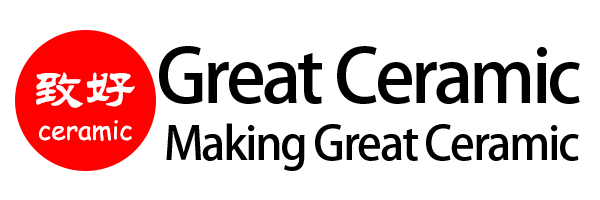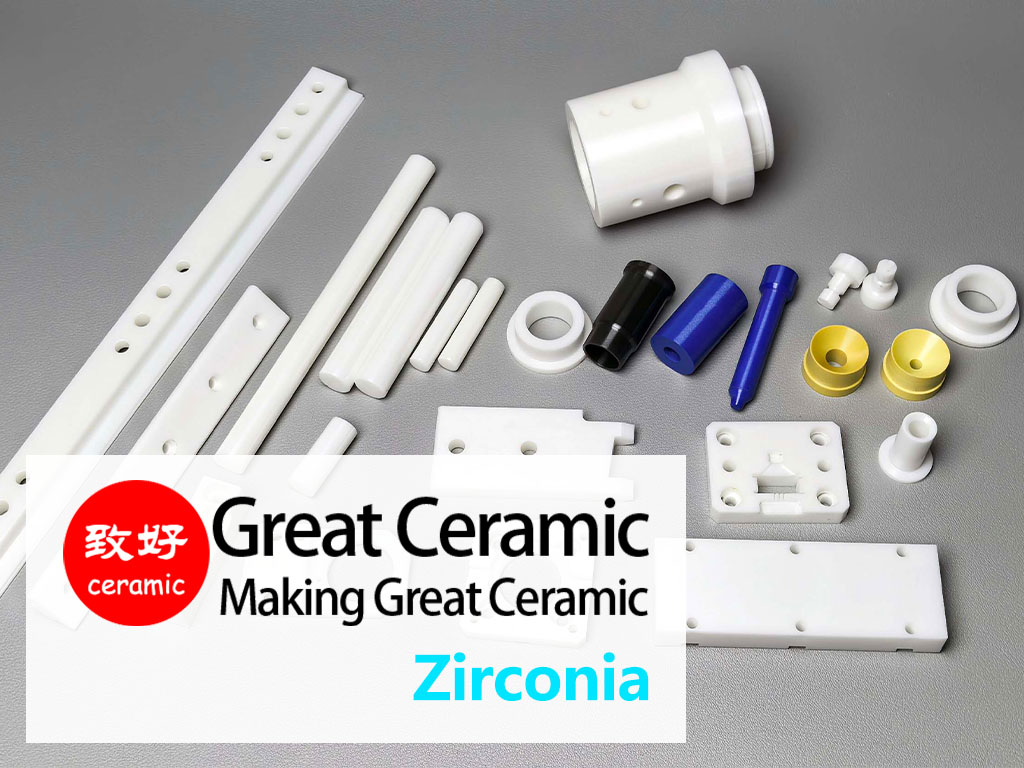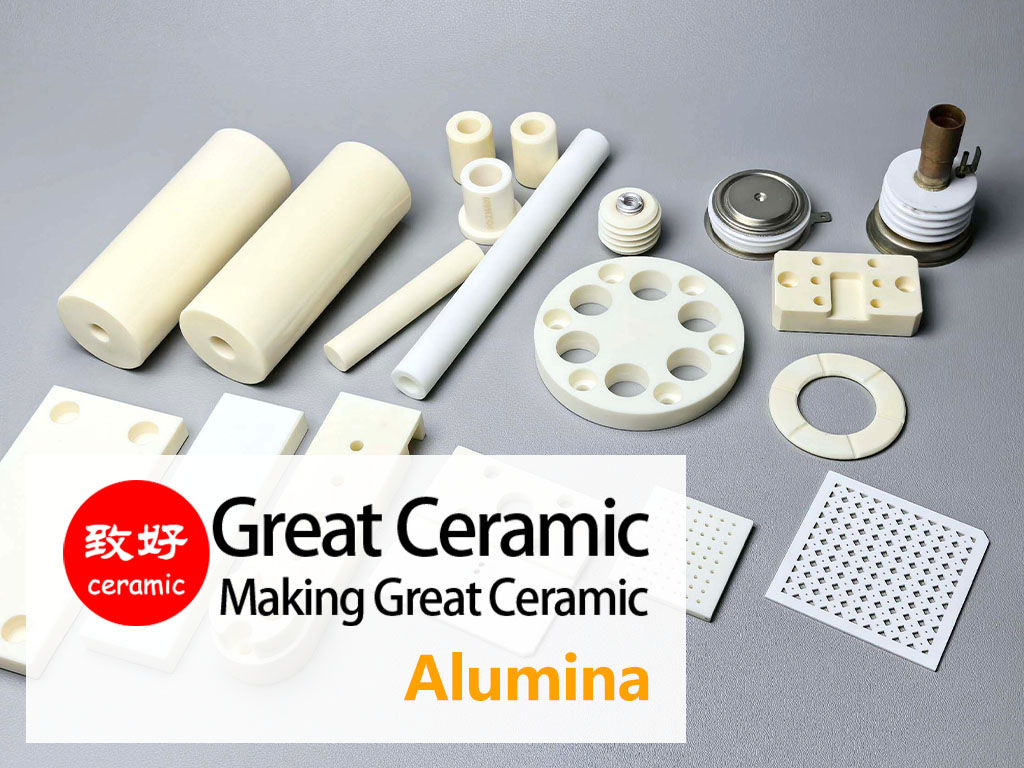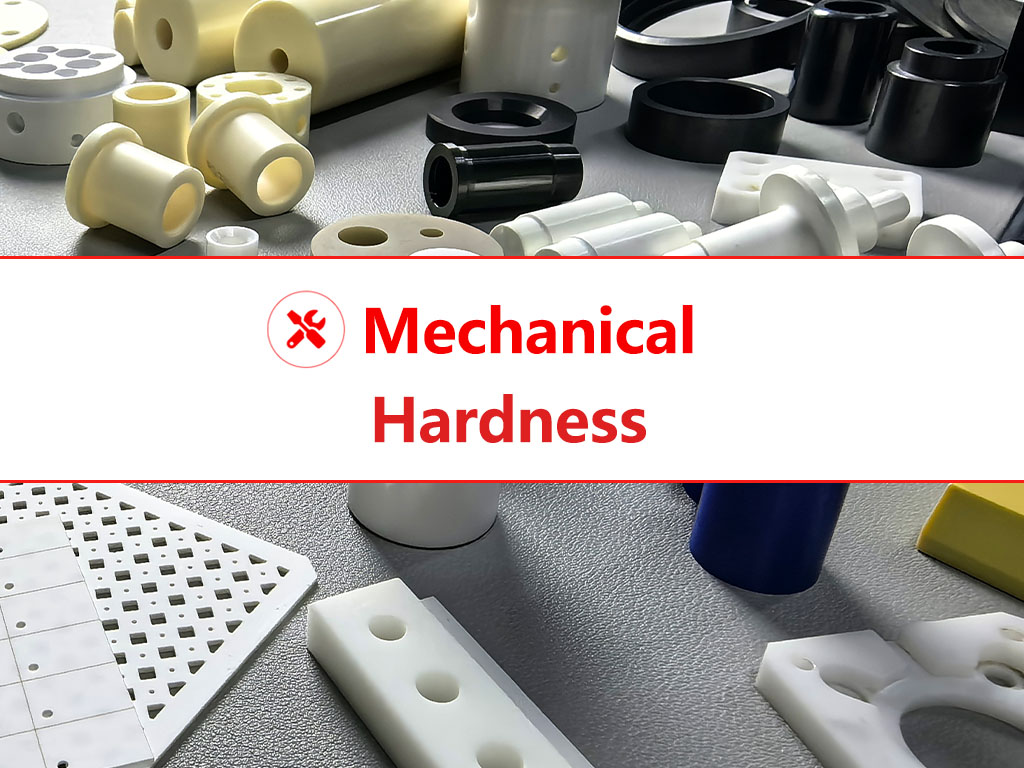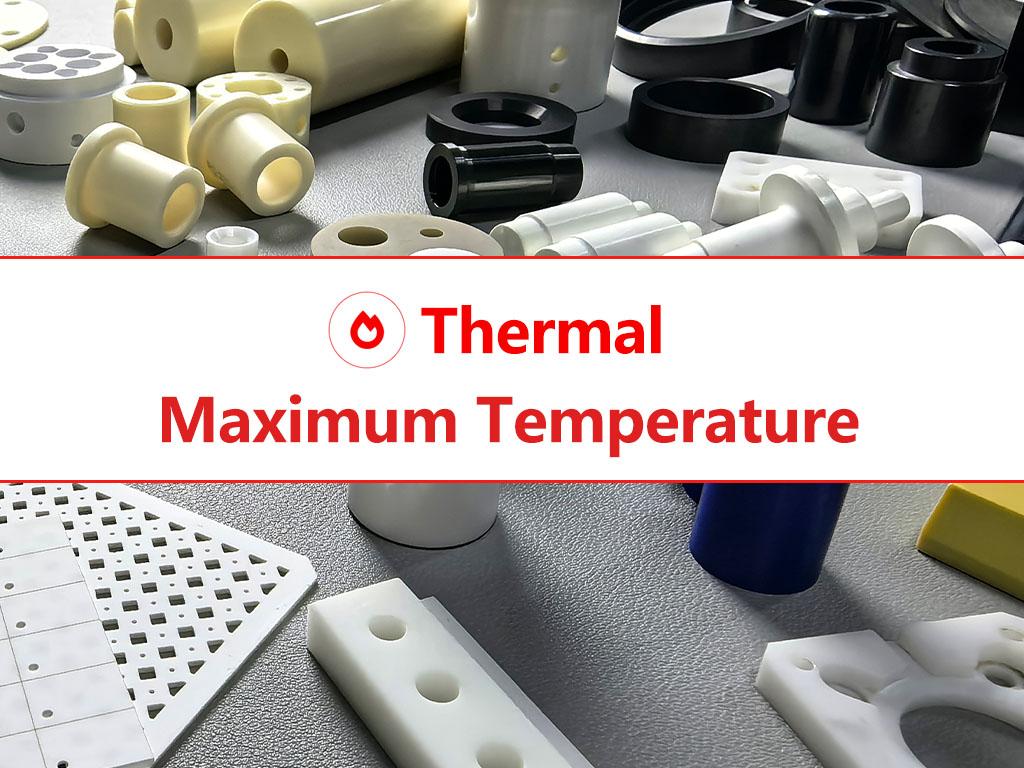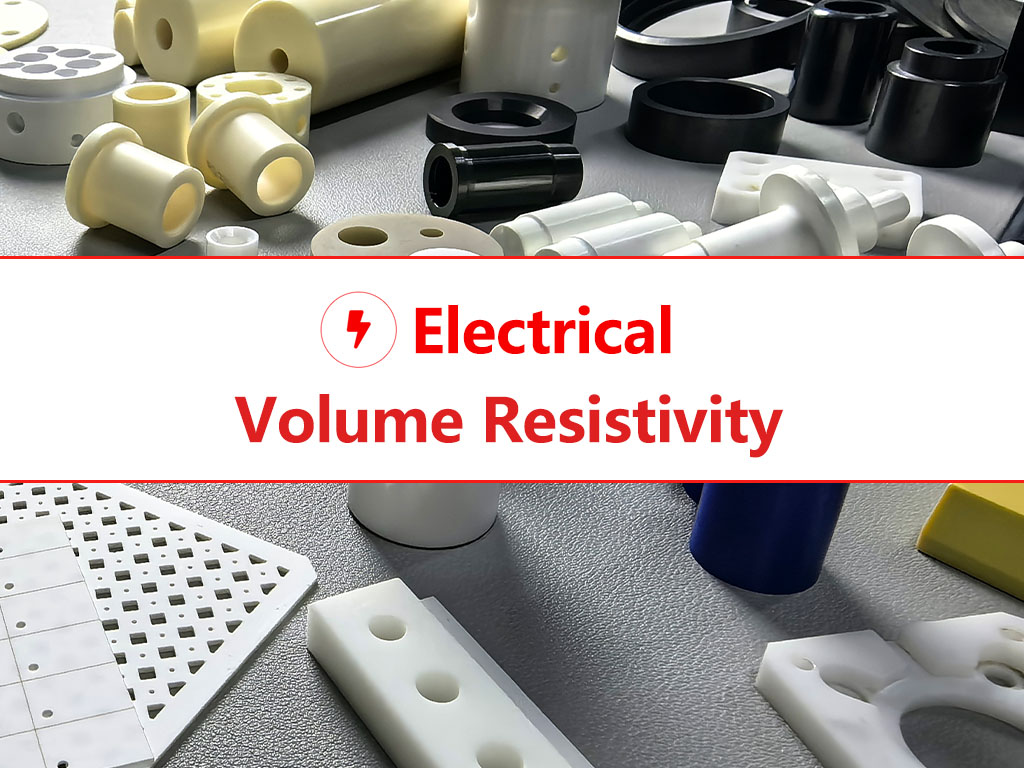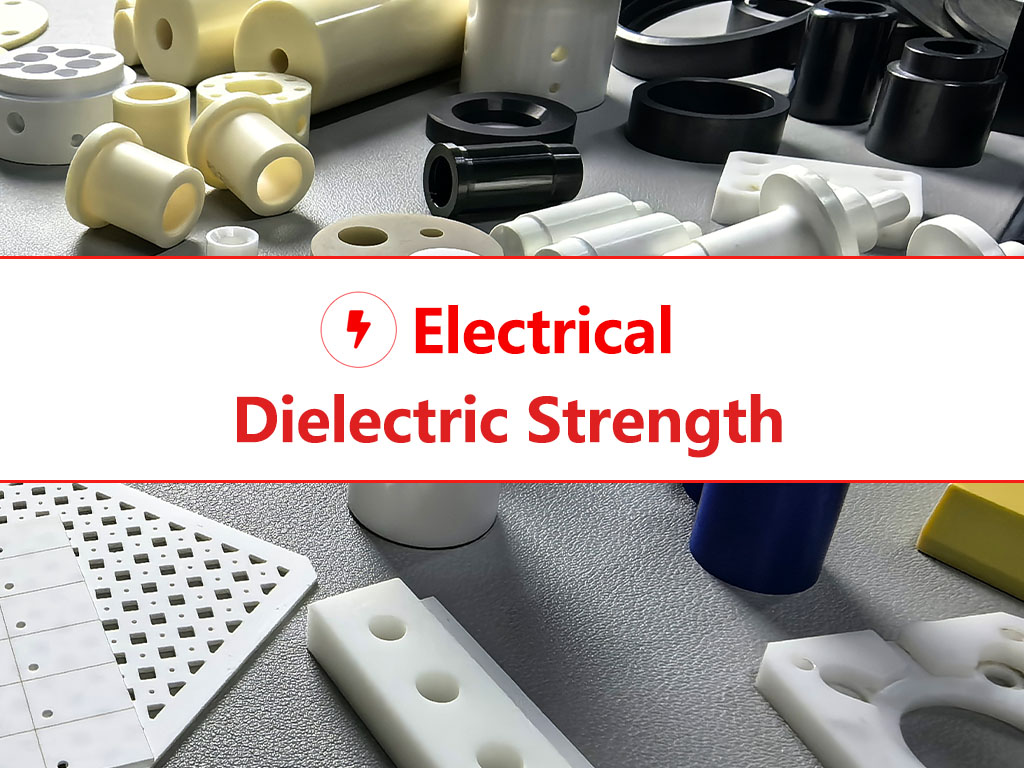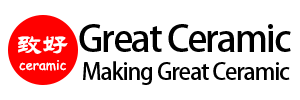İleri Seramiklerin Korozyon Direnci ve Kimyasal Kararlılığı
Gelişmiş seramikler, özellikle yüksek sıcaklıklar, güçlü asitler/bazlar ve aşındırıcı gazlar gibi zorlu ortamlarda olağanüstü korozyon direnci ve kimyasal kararlılıkları nedeniyle kritik sektörlerde giderek artan bir ilgi görmektedir. Metaller ve mühendislik plastikleri ile karşılaştırıldığında, gelişmiş seramikler kimyasal olarak agresif koşullarda eşsiz uzun ömür ve performans sunarak onları yarı iletken işleme, kimya endüstrileri, havacılık ve enerji uygulamalarında vazgeçilmez kılmaktadır.
Şuraya atla
Veri | Karşılaştırma | Uygulamalar | SSS | İlgili
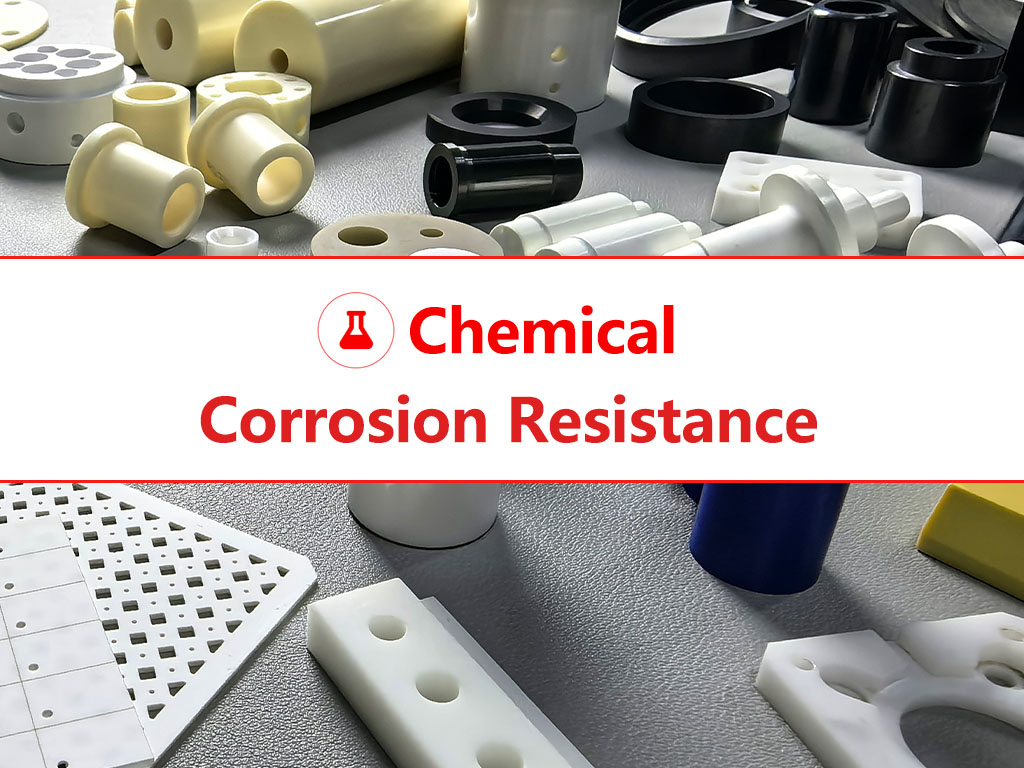
Korozyon Direnci Nedir ve Neden Önemlidir?
Korozyon direnci, bir malzemenin asitler, alkaliler ve tuzlar gibi kimyasal ortamlara maruz kaldığında bozulmadan yapısını ve performansını koruma yeteneğini ifade eder.
Aşağıdakiler gibi gelişmiş seramikler alümina (Al₂O₃), zirkonya (ZrO₂), silisyum karbür (SiC)ve silisyum nitrür (Si₃N₄) güçlü iyonik veya kovalent bağlara sahip inorganik, metalik olmayan malzemelerdir. Bu, onlara korozyona karşı çoğu metalden çok daha iyi direnç sağlar. metaller ve mühendi̇sli̇k plasti̇kleri̇.
Gelişmiş seramikler için bu özellik çok önemlidir çünkü:
İleri Seramiklerin Kimyasal Kararlılık Avantajları
Seramiklerin Korozyon Direncini Etkileyen Faktörler
Seramiklerin Agresif Ortamda Çözünme Oranı (Deneysel Veriler)
Aşağıdaki tabloda gösterilmektedir ölçülen çözünme oranları temel seramik malzemelerin yaygın korozif ortamlarda uzun süreli kimyasal dayanıklılıklarını gösterir:
| Malzeme | Orta | Sıcaklık | Süre | Çözünme Oranı (mg/cm²/gün) |
|---|---|---|---|---|
| Alümina (Al₂O₃) | HCl (10%) | 100°C | 24 h | ~0.02 |
| Zirkonya (ZrO₂) | H₂SO₄ (30%) | 150°C | 24 h | ~0.015 |
| ZTA20 | HCl (10%) | 100°C | 24 h | ~0.025 |
| Silisyum Nitrür (Si₃N₄) | NaOH (20%) | 80°C | 72h | ~0.01 |
| Alüminyum Nitrür (AlN) | DI Su (pH 7) | Oda Sıcaklığı | 7 gün | ~0.5 |
| Silisyum Karbür (SiC) | HNO₃ (50%) | 120°C | 48 h | <0.01 |
| Berilyum Oksit (BeO) | HCl (10%) | 90°C | 24 h | ~0.02 |
| Altıgen BN (h-BN) | H₂SO₄ (98%) | 100°C | 24 h | ~0.15 |
| MGC (İşlenebilir Cam Seramik) | NaOH (10%) | 80°C | 24 h | ~0.2 |
Not: AlN ve MGC gibi malzemeler suda veya alkali çözeltilerde daha reaktifken, SiC ve Al₂O₃ hem asit hem de bazda aşırı inertlik gösterir.
*Veriler sadece referans içindir.
Temel Seramik Malzemeler: Özellikler ve Kullanım Alanları
Her bir gelişmiş seramik malzemenin ayrıntılı bilgilerini görüntülemek için mavi yazı tipine tıklayın:
| Malzeme | Kimyasal Stabilitede Öne Çıkanlar | Yaygın Uygulamalar |
|---|---|---|
| Alümina (Al₂O₃) | Asidik ve bazik ortamlarda son derece inert | Yarı iletken armatürler, tıbbi implantlar |
| Zirkonya (ZrO₂) | Asitte kararlı; sınırlı alkali direnci | Pompalar, valfler, sensörler |
| ZTA20 | Geliştirilmiş tokluk ve korozyon direnci | Yapısal bileşenler, aşınma parçaları |
| Silisyum Nitrür (Si₃N₄) | Asitlere ve termal oksidasyona karşı güçlü | Gaz türbinleri, otomotiv motor parçaları |
| Alüminyum Nitrür (AlN) | İyi kimyasal direnç, yüksek termal iletkenlik | Elektronik alt tabakalar, ısı alıcıları |
| Silisyum Karbür (SiC) | Neredeyse tüm kimyasallara karşı mükemmel direnç | Kimyasal reaktörler, contalar, ısı eşanjörleri |
| Berilyum Oksit (BeO) | Kimyasal olarak kararlı, termal olarak üstün | Askeri elektronik, uzay sistemleri |
| Bor Nitrür (BN) | İnerttir, yüksek sıcaklıklarda bile reaktif değildir | Potalar, reaktif atmosferlerde yalıtkanlar |
| İşlenebilir Cam Seramik (MGC) | İyi kimyasal direnç, kolay işlenebilir | Prototipler, vakum parçaları |
İlgili bilgi noktaları:
Doğru Seramiği Seçmek İçin Yardıma mı İhtiyacınız Var?
Doğru gelişmiş seramiği seçmek, uzun vadeli güvenilirlik ve optimum performans sağlamak için kritik öneme sahiptir. İster silisyum nitrür, ister silisyum karbür veya alümina seramik malzemelere ihtiyacınız olsun, malzemelerimiz endüstri lideri performans, dayanıklılık ve hassasiyet sunar.
Teknik ekibimiz size yardımcı olmak için burada - özel ihtiyaçlarınıza göre uzman, özelleştirilmiş tavsiyeler için bugün bize ulaşın.
Yaygın Malzemelerin Karşılaştırmalı Korozyon Direnci
Bu şekil, çeşitli ileri seramik malzemelerin asit, alkali ve tuz ortamlarındaki kimyasal stabilitesinin sezgisel olarak anlaşılmasını kolaylaştıran üç tipik korozif ortamdaki çözünme oranı karşılaştırmasını (birim: mg/cm²/gün) göstermektedir.
*Veriler sadece referans içindir.
